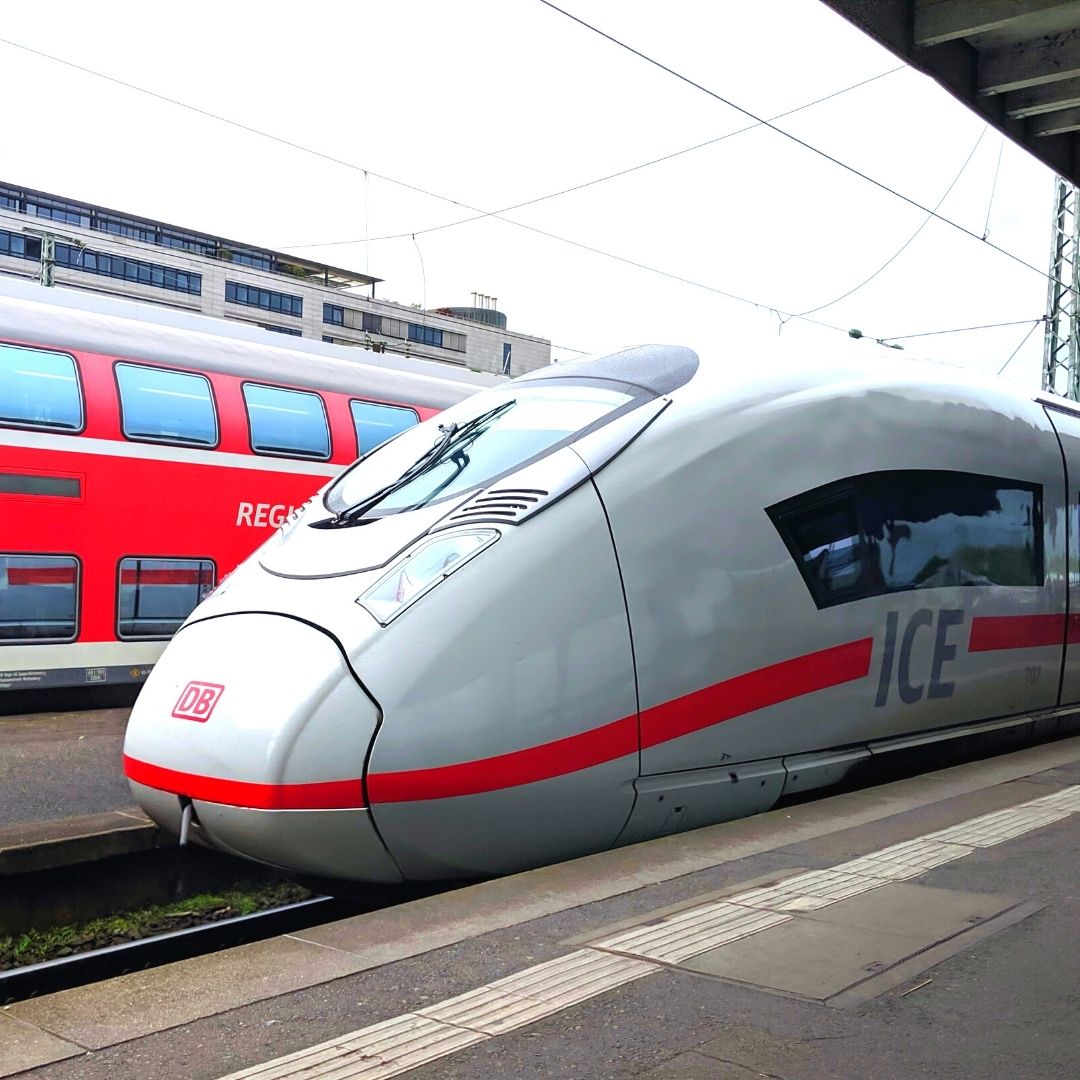
Image Credit: Unsplash (Representational)
Learning From China! High-Speed Rail Network For Economic Viability In Developing Countries
Writer: Mrinalini Kaushik
She is a student of journalism, keen on learning new ways to unlearn, deconstructing news and life. Interested in exploring new media as medium is the message. Avid follower of sports and politics
India, 30 May 2022 9:31 AM GMT
Editor : Snehadri Sarkar |
While he is a massive sports fanatic, his interest also lies in mainstream news and nitpicking trending and less talked about everyday issues.
Creatives : Snehadri Sarkar
While he is a massive sports fanatic, his interest also lies in mainstream news and nitpicking trending and less talked about everyday issues.
With lesser time in commute, better equipped for safety and an increase in labour mobilisation, high-speed rails reduce operating expenditure, traffic pollution and congestion, greenhouse gas emissions, etc.
India is transforming its public transport system through the high-speed rail networks in major cities, such as Delhi, Mumbai, Bengaluru, Chennai, and Pune and inter-state high-speed rail projects such as the Mumbai-Ahmedabad bullet train. It opens up a huge opportunity for India's developing economy post-Covid 19.
How Does High-Speed Rail Facilitate Economic Growth?
Take the example of China, a developing nation just like India, with the world's most population. The Chinese development model and its five-year plans have taken the high-speed rail (HSR) network at the heart of economic growth, as cited in the report presented by the World Bank in 2019. China has the most extensive set-up of high-speed rails globally, with over 25,000 kilometres stretch since it started in 2008.
World Bank's Country Director (China), Martin Raiser, stated that the impact of the HSR networks goes beyond just urbanisation. It includes - "changing patterns of urban development, promotion of regional economic growth, and increase in tourism. Large numbers of people can now travel more easily and reliably than ever before." It also sets up the base for lower greenhouse gas emissions and an environmentally conscious economy.
Economical Choice For People
The most significant advantage of HSR is the return rate, which was estimated to be 8 per cent in 2015, more than the expenditure and cost of capital of other countries in terms of long-term urban infrastructure. It is an economical choice for ordinary people as China's HSR competes with roads and airways for distances up to 1200 kilometres. Its fares are one-fourth of other countries' rail networks. Around 1.7 billion passengers per annum from all economic strata travel in HSR.
India's Catching Up
Building and maintaining a large network of HSRs required a national commitment. National High-Speed Rail Corporation Limited (NHSRCL) was made in 2016 through the Companies Act of 2013, which aimed to construct, maintain, and finance HSR corridors in India.
Recently, the Ministry of Railways announced a collaboration with IIT Madras on May 19, 2022. They will create an indigenous 'Hyperloop' transportation system, as The New Indian Express reported. 'Hyperloop' is a rail technology that uses magnetic drifting to carry tubes with low pressure on the ground, and it can transport people and goods at aeroplane speed. This technology can help toward making Indian carbon neutral as well as has low energy demand.
Also Read: Centre To Come Up With Solutions To Fight Fake Reviews On E-Commerce Platforms
 All section
All section













